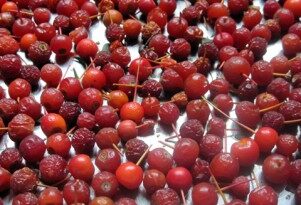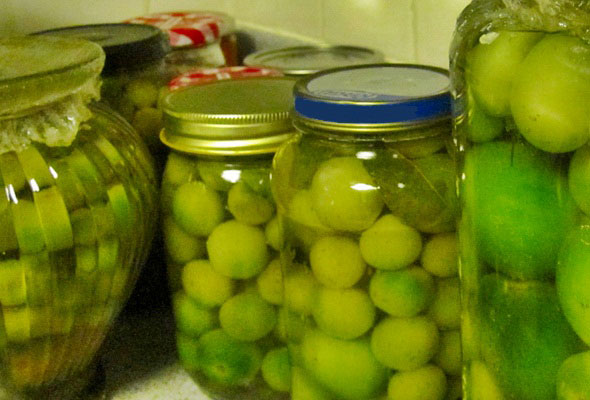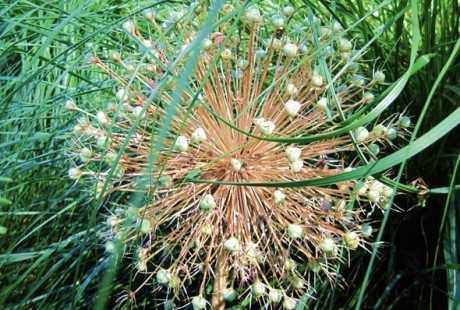herb gardens
As a child I used to watch with fascination as my grandfather’s hands gently teased apart leaves and flowers and spread them over paper towels to dry in attic. That attic looked like the back room of an apothecary shop, with dried hot pepper bunches, hanging herbs, long braids of onions and garlic and drying racks of chamomile and lovage intermixing their fragrances in an indescribable, but immediately recognizable scent.
We used to walk through the garden together, and every day I learned something. One day I would find out that goldenrod tea soothes the liver. The next I would collect plantago to mix in a syrup for chest congestion and sore throats. It didn’t seem like learning at the time and it never occurred to me that my grandfather, a natural sciences teacher, was giving a very special kindergarten materia medica lecture for one.
Herb growing usually starts with a modest pot of parsley and dill on the kitchen window sill and most people leave it at that. Once you venture looking for specific herbs’ culinary and medicinal qualities, you usually get seduced by their ancient significance and an herb garden is born.
More than a small patch of dirt with herbs growing on it, the herb garden is a thousand year old concept that witnessed the birth of modern medicine and pharmacology and generated its own design patterns, more intricate than embroidery or lace.
Half alchemy ingredients, half cooking stock, all shrouded in symbolism and superstition, common herbs used to stew in both humble and distinguished pots to turn up flavorful soups, healing poultices, or magical potions.
When you hear “herb garden” an image immediately comes to mind: a small hollow round divided into quarters, with a fountain and a bench in the middle, and tall herbs growing protectively on the perimeter. Inside the quarters, small sectors radiate neatly, changing color and texture as they move from thyme to parsley and sage. There are always bees and butterflies buzzing around a tall anise seed head and the overheated fragrance of mint fills the air.
If you have the room, the time and the sun exposure I definitely recommend creating one.




 Previous Post
Previous Post Next Post
Next Post




